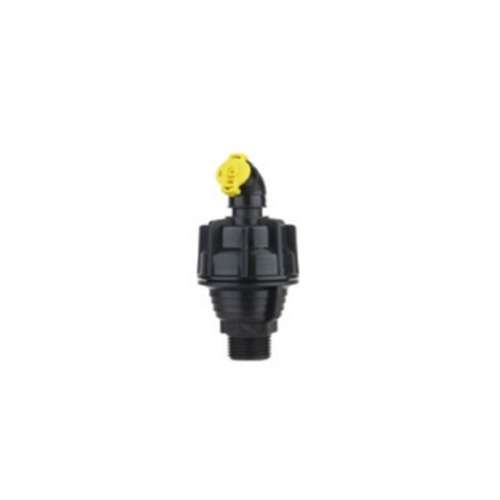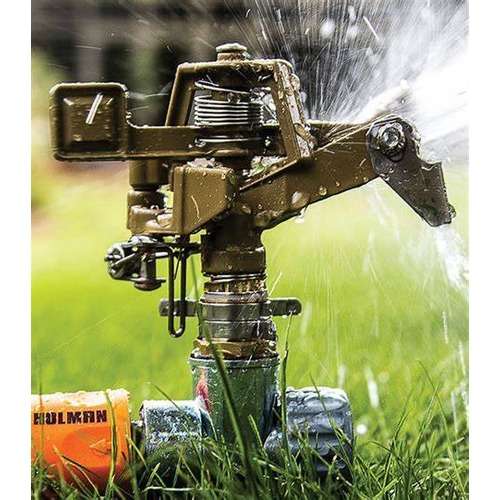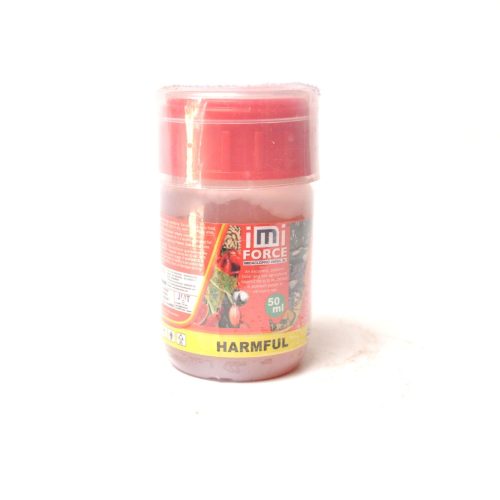No products in the cart.
Description
Plastic sprinkler is a popular irrigation device known for their affordability, lightweight design, and ease of use. They come in various types and designs, each suited for different watering needs.
The plastic sprinkler is made primarily from high-grade plastic materials like ABS or polypropylene, which are resistant to weathering, UV rays, and corrosion. They are designed to efficiently distribute water over a designated area, making them ideal for gardens, lawns, and small agricultural plots.
Specifications of the plastic sprinkler
- Plastic sprinkler
- 1/2”, inch thread
- Working pressure: 2.5-4.0 bar
- Flow rate:360-455 Litres Per Hour
- Spray radius: 8-8.5m
Advantages
- Affordability: Generally cheaper than metal sprinklers.
- Lightweight: Easy to move and position around the garden.
- Weather Resistance: Made from materials that resist rust and UV damage.
- Variety: Available in many designs to suit different watering needs.
Maintenance Tips
- Regular Cleaning
- Nozzles: Clean nozzles with a small brush or needle to prevent clogging.
- Filters: Rinse any built-in filters to maintain water flow.
- Inspect for Damage
- Cracks: Check for any cracks or damage to the plastic parts.
- Leaks: Ensure hose connections are secure and seals are intact.
- Winter Storage
- Storage: Store in a dry place during the winter months.
- Adjustments
- Spray Pattern: Adjust the spray pattern to match the watering area.
- Water Pressure: Ensure the water pressure is appropriate for the sprinkler model.
Choosing the Right Plastic Sprinkler
When selecting a plastic sprinkler, consider the following factors:
- Area Size: Choose a sprinkler that matches the size and shape of your watering area.
- Water Pressure: Ensure your water source can provide the necessary pressure for the sprinkler.
- Durability: Look for high-quality plastic materials that resist weathering and UV damage.
- Adjustability: Opt for models with adjustable features if you need versatility in spray patterns and coverage.
Installation and Adjustment
- Connect to Water Source: Attach the sprinkler to a hose or irrigation system.
- Positioning: Place the sprinkler in the desired location, ensuring it is stable.
- Adjust Spray Pattern: Use any adjustment knobs or levers to set the desired spray distance and pattern.
- Test and Fine-Tune: Turn on the water and observe the spray pattern, making further adjustments as needed.
Additional information
| Weight | 10 kg |
|---|











Reviews
There are no reviews yet